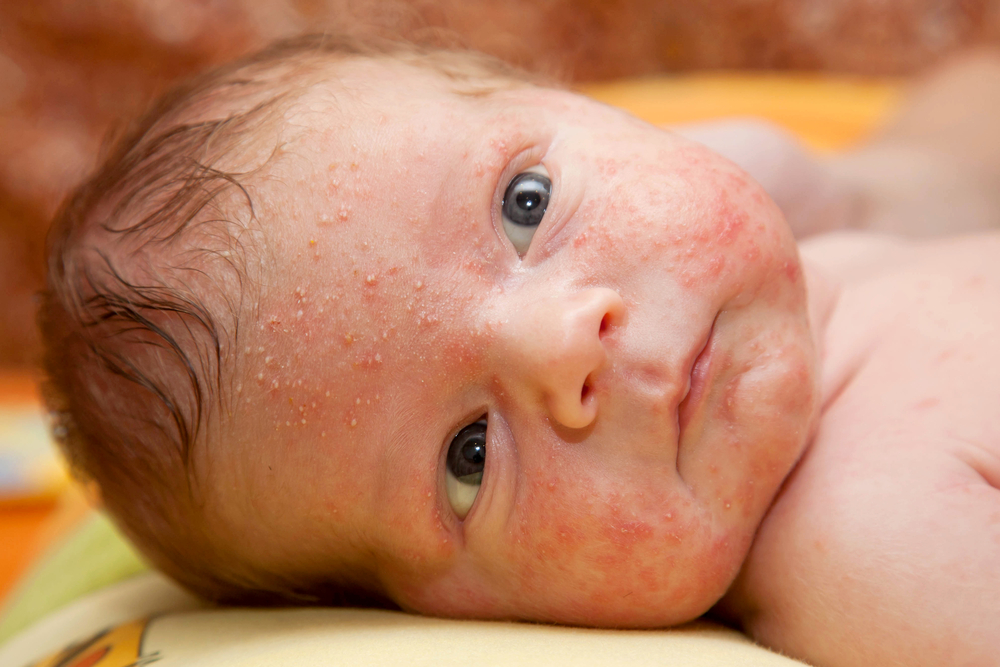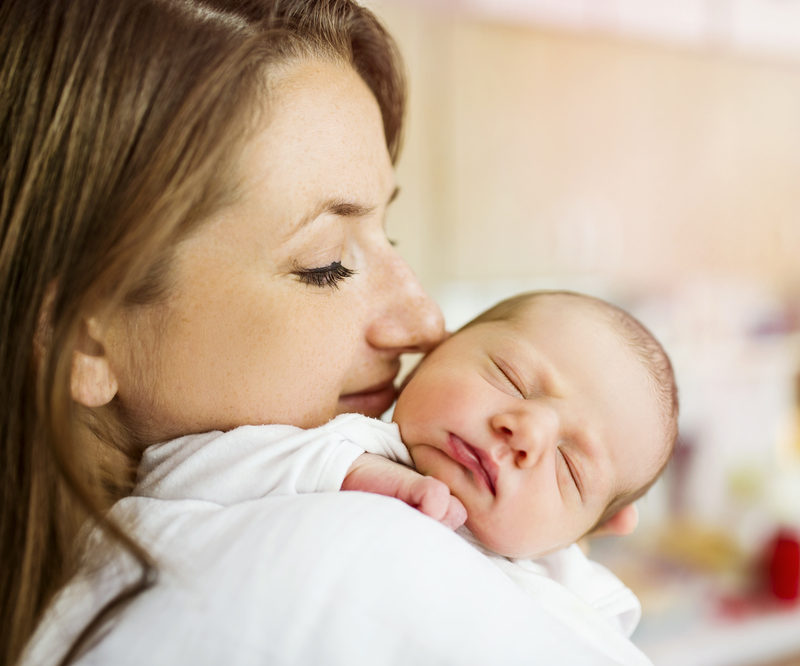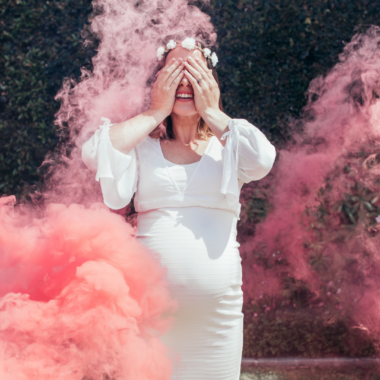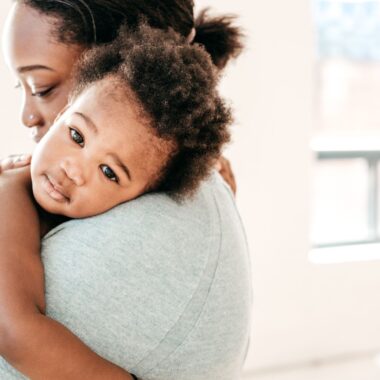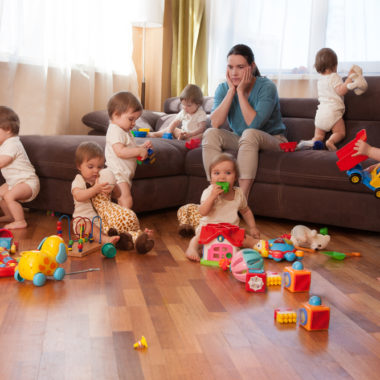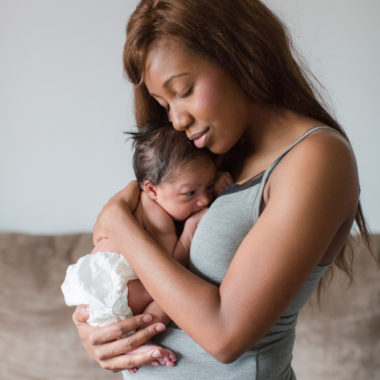Many adults often talk about getting baby soft perfect skin! However, did you know, newborn skin is not always so perfect? Newborn rashes are very common and often a big source of concern for many new parents.
The good news is that most newborn rashes are benign and get better very quickly with minimal treatment. There are some however that do require treatment and if your baby seems unwell or you are concerned, call your pediatrician.
Initially, caring for your newborn’s skin is pretty simple. Minimal baths and water really is all you need initially with your newborn. I recommend minimal baths, two times per week and at most every other day. Newborns and infants are not crawling around getting dirty at this age, so there is no need to bathe them daily, and actually more frequent baths will actually just dry out their skin more. Water as mentioned is all that is necessary as well, as they have sensitive skin, especially on their face.
Also, although parents often like to use lotions after the bath, this isn’t necessary. However, if you prefer to use a lotion, use only baby lotions and put on the baby’s skin while it is still wet, then pat dry.
Babies often are born with very dry skin, especially if born post due date. The skin will peel, but the skin underneath is soft and the dry skin will get better without treatment.
Below are some of the other common newborn rashes that babies can develop in the first days and weeks of life which can be useful for you to know about when your baby is born:
Newborn Acne
In the first month of life, some newborns may develop acne on their faces. This is due to the exposure of maternal hormones in utero. No treatment is necessary. This will resolve with time in the first weeks and months of life.
Related: What You Need to Know – The First 10 Days of an Infants Life.
Erythema Toxicum
This is a very common rash in newborns that appears typically on the second or third day of life. It is a blotchy, red rash that can be seen all over the body. The center has a little bump, making the rash looks like insect bites. The rash resolves in a few days or weeks and does not require any treatment.
Mongolian Spots
Mongolian spots are very common, especially in dark-skinned babies although they can be seen frequently in light-skinned babies as well. My daughter actually had a few even though my husband and I are both light-skinned individuals. These spots are flat and blue/gray in color, almost resembling a bruise which is mostly found on the back and buttocks, but you can see them anywhere on the body with the size varying. Your pediatrician will point out to you if they see any. Again, there is no treatment, and most disappear or fade by age three.
Milia
Milia is very common in newborns. These are tiny white bumps found on newborn babies’ faces and are typically found on the nose, cheek, the chin, sometimes the forehead, and also each the size of a pinhead that are caused by blocked skin pores. There is no treatment necessary because they are typically seen in the first few weeks to the second month of life when the babies’ pores open up.
Miliaria
Miliaria most often occurs when babies are too warm. It appear as clear or red bumps often seen on the forehead and neck or covered areas. This rash typically goes away in the first week of life on its own or when a baby is un-bundled if it was caused by over-warming.
Pink Birthmarks
These birthmarks (also called a ‘stork bite’ at the back of the neck, or an ‘angel’s kiss’ between the eyebrows) are pink birthmarks commonly seen in newborns. It is basically a bunch of blood vessels. Most of these birthmarks will fade with time in the first weeks or months of life; however, the stork bites can persist and may not go away, although you may not even see them due to the hair covering the neck.
Related: A New Mother’s Perspective – This is What Motherhood Really Looks Like
Temporary Rash
Many babies have a rash on the cheeks or chin that is on and off. This is often caused from feeding or spit up and the best thing you need to do is to rinse your baby’s face with water after feeding or spitting up. Also, the baby may get the rash from the mom’s skin, for example, while nursing. This again is a temporary rash. Moving your baby’s position frequently helps with this rash. Sometimes a washcloth with cool water helps the area of the rash as well.
Diaper rashes
Diaper rashes can be prevented or decreased. Frequent diaper changes help and should be done approximately every 2-3 hours or when you have a wet or dirty diaper to prevent the skin from sitting in the urine or bowel movement for too long, then causing a rash. I also recommend cleaning the diaper area with water and a soft, dry wipe or soft paper towel only. Since you are home most of the time with your newborn, there is really no need to use pre-moistened baby wipes as they can irritate the baby’s sensitive skin if used frequently which is not necessary. I would suggest having a bowl of water at the changing table to use in wetting the dry wipe since you should never leave the baby unattended to at the changing table. If you are on the go, pre-moistened baby wipes are a good option.
Related: 10 Unique and Meaningful Name Ideas for Your Baby
Occasional air-drying the diaper area can help prevent diaper rashes as well. Diaper cream or ointment can be used to prevent a diaper rash as this provides a good barrier between the diaper and the baby’s skin. If the baby does develop a rash, I find Triple Paste works great, but also any product with Zinc Oxide works well to heal the irritated skin. If the diaper rash doesn’t improve or gets worse, be sure to see your pediatrician.
In short, although newborn rashes are very common and may at times cause anxiety to parents, the good news to remember is that most are benign and can be resolved with minimal or no treatment. If any questions or concerns, be sure to call your pediatrician.
- Tips On Finding The Perfect Pediatrician - September 13, 2020
- Newborn Baby Skin Issues – What They Probably Are - August 14, 2020
- What to Know about your Baby’s Home Coming Outfit - March 14, 2018
